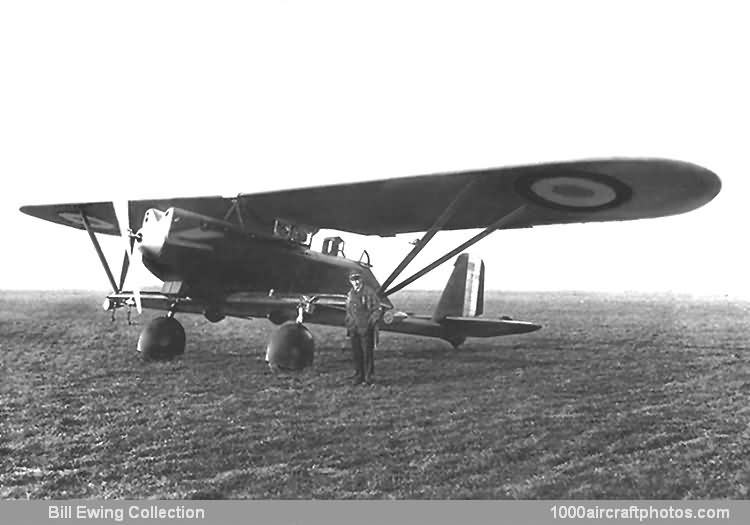12/29/2014. Remarks by Johan Visschedijk: "Designed to a 1928 requirement for a two-seat observation plane, the Bre 27 series prototype first flew in February 1929 as an unattractive but exceptionally sturdy sesquiplane based on a steel structural chassis to which were attached the engine, fuselage pod, boom, and lower wing complete with wide-truck main landing gear units. The rear fuselage boom gave the observer/gunner good fields of vision and fire. Armament consisted of three 0.303 in (7.7 mm) machine guns (one fixed and two trainable), and up to 264 1b 120 kg) of bombs.
Despite the relatively poor performance of ten prototypes, the type was ordered into production for the French AF. This was never undertaken on a grand scale, but small orders from several overseas customers (Brazil, China, and Venezuela) swelled the production total slightly to 176. Principal versions were the baseline Bre 270 (500 hp Hispano-Suiza 12Hb in-line piston engine), the improved Bre 271 (650 hp engine), and Bre.273 reconnaissance homber for China and Venezuela. The latter had an 882 lb (400 kg) bomb load and improved performance thanks to the installation of an 860 hp Hispano-Suiza 12Ybrs with a frontal rather than a chin radiator.
Named 'Tout acier' by its manufacturer, the Bre 270 and its derivatives were characterized by indifferent performance. Some of the French aircraft were still in service in 1939 with three reconnaissance units. Several aircraft were lost on operational missions before this wholly obsolete type was withdrawn at the end of 1939."
